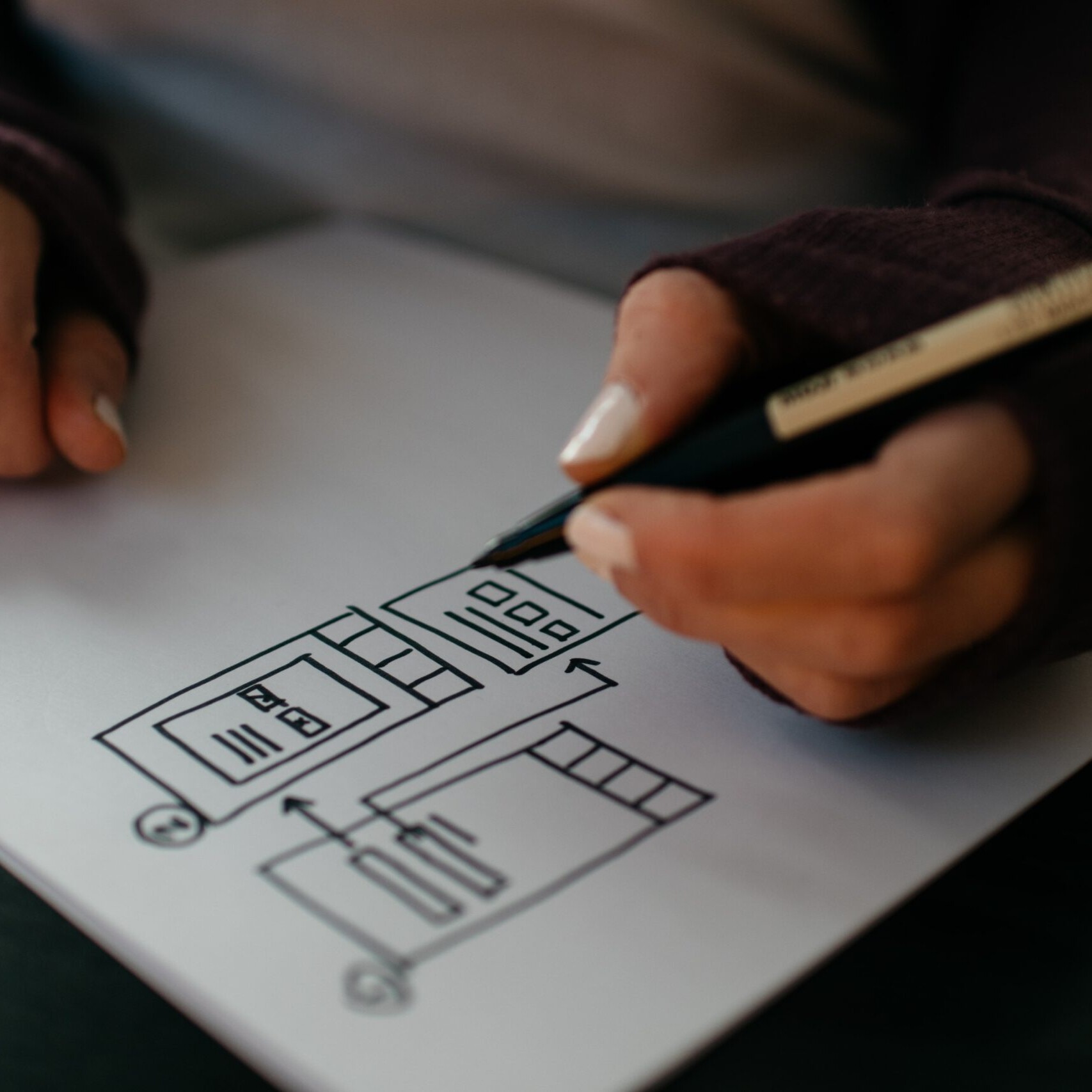Usability Checklist: Improvements to Achieve a More User-Centered Site
A site’s ideal usability factors come down to one goal of serving the user, but it encompasses many elements. It can be difficult to know where to start in optimizing a site for usability as each has their own set of requirements. From design factors to site structure – all the way to loading times – web usability aspects that need to be redesigned, refined or adjusted may not always be apparent.

Organizational Schemes
Organizational structures are all about allowing users to predict where they will find information on the website, taking into account their individual expectations and displaying those elements so that they can transfer that familiarity from known pages to new ones. Common structures implemented are Matrix, Sequential and Hierarchical.
If a user is familiar with a certain button placement or content flow on the first pages they peruse, then their eyes will automatically look for a similar layout on the following pages. The visual center of the brain accounts for 50% of our user experience preferences, so it is extremely important to give a lot of thought to the structure of each page in addition to navigation on the whole.
Speed
Slow site speed is an increasing challenge across many channels with respect to design, development, and ultimately – the bottom line of a company. The stakes have been raised even further with importance heavily weighing on user experience design and development when it comes to loading speed and user satisfaction. Understanding the aspects being affected and how they impact conversions will lead to steps taken in site speed optimization. Page speed has one of the most direct connections to web usability making the issue clear: if a website takes longer than a user expects it to load, they will abandon the pursuit.
Responsive Design
Users that visit responsive websites will get the ideal user experience and user interface presented to them no matter what platform is being used. At first glance, it may not seem like this is very important. But this has a direct impact on profits as improving both of these elements can boost the lead/sales conversion rates, average browsing time and engagement.
Visual Impression
The most basic element of them all – comes down to the simple fact that good design creates conversion. From imagery, color, text, and graphic elements, users will be drawn not only to a site that is easy to use, but that is pleasurable to view. Part of creating the right visual impact relies on creating an experience that is relevant to the brand it represents and consistent throughout user touchpoints – across both print and digital assets.
Related Articles
Navigating Usability Testing for Effective UX Design
June 19, 2024
The Future of User Experience
March 18, 2023



